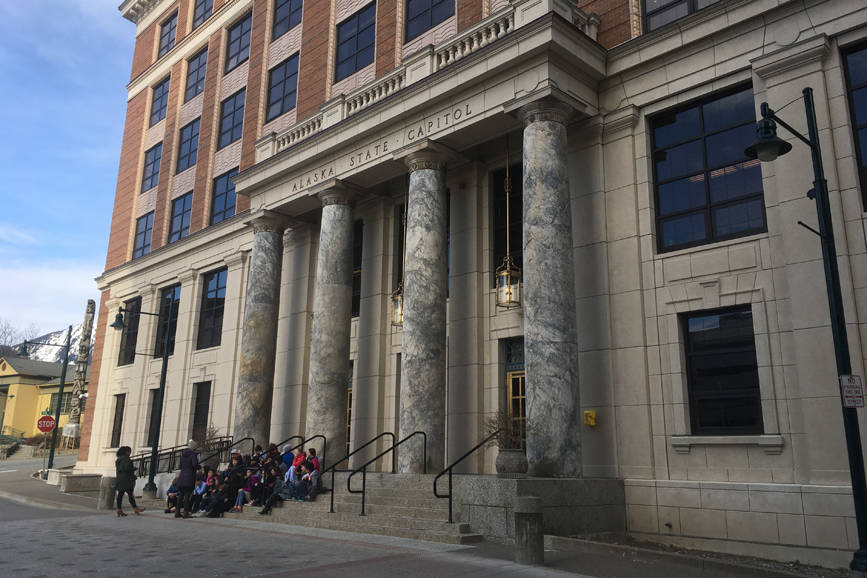Starting Jan. 1, 2019, Alaska’s minimum wage will be raised by 5 cents, from $9.84 to $9.89.
The 5 cent raise is to adjust the wage for inflation. In 2014, Alaskans voted to raise the minimum wage by $1 in both 2015 and 2016, and require the rate to be adjusted annually for inflation, according to an October press release from the Office of the Commissioner of the Alaska Department of Labor and Workforce Development. Tips do not count toward the Alaska minimum wage.
To adjust for inflation, the state uses the previous calendar year’s Consumer Price Index for urban consumers in the Anchorage Metropolitan Area. The index is a measure of the average change in prices paid by urban consumers over time.
“When there’s a rise in the CPI, there’s a rise in wage,” Paloma Harbour, Administrative Services Director for the Department of Labor and Workforce Development, said.
Harbour said inflation has remained fairly consistent over the last few years.
In each of the years 2017, 2018 and in 2019, the minimum wage was raised by 5 cents, Harbour said.
By law, Alaska’s minimum wage must remain at least $1 per hour over the federal minimum wage, which is $7.25. Alaska is among 29 states with minimum wages above $7.25, the highest being Washington state at $12, and in July, Washington, D.C., will pay workers at least $14 per hour, according to data from the Economic Policy Institute. The federal minimum wage hasn’t risen in over a decade.

